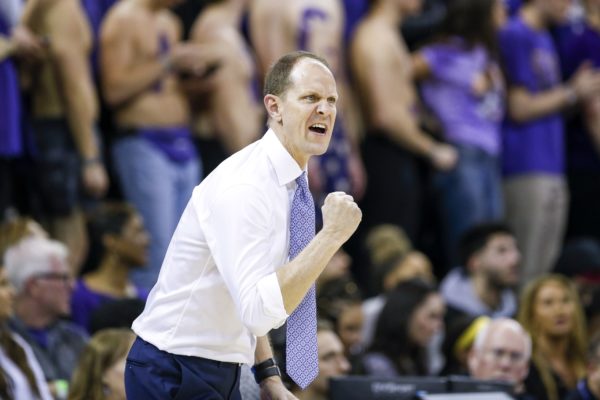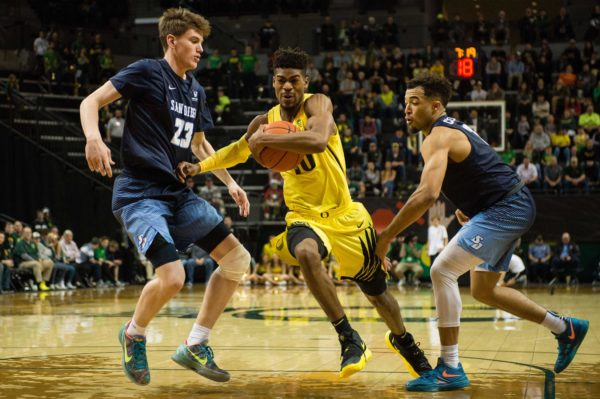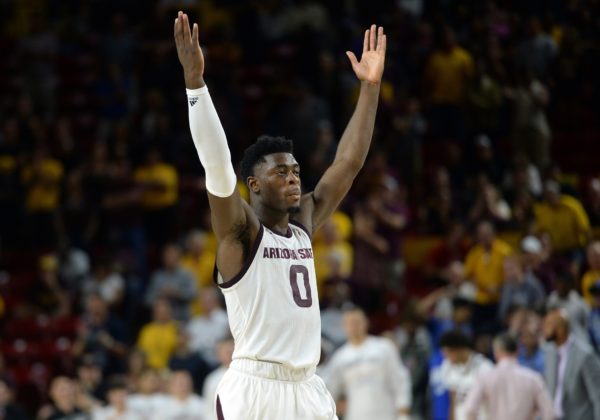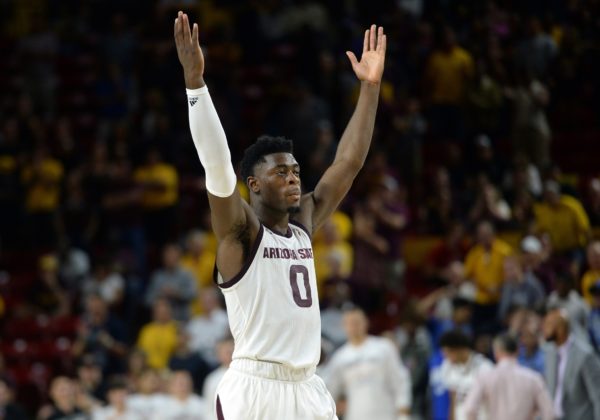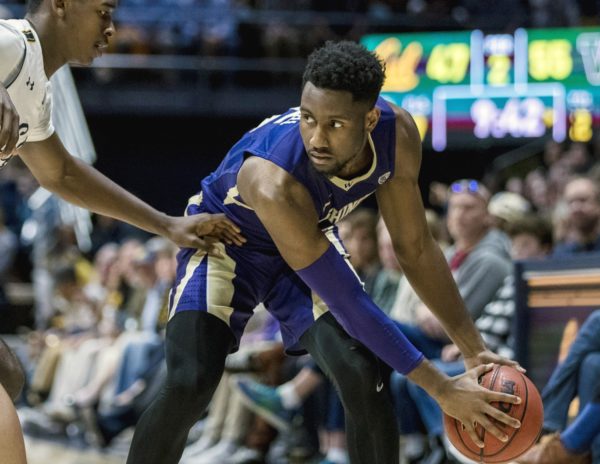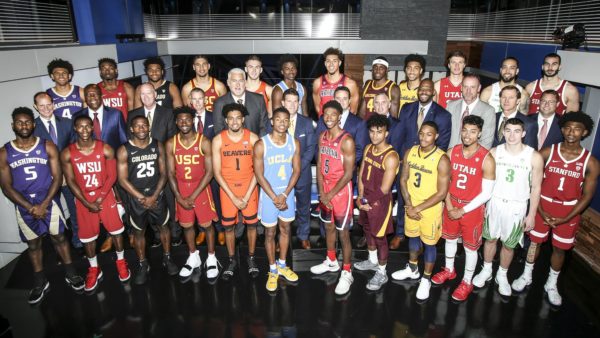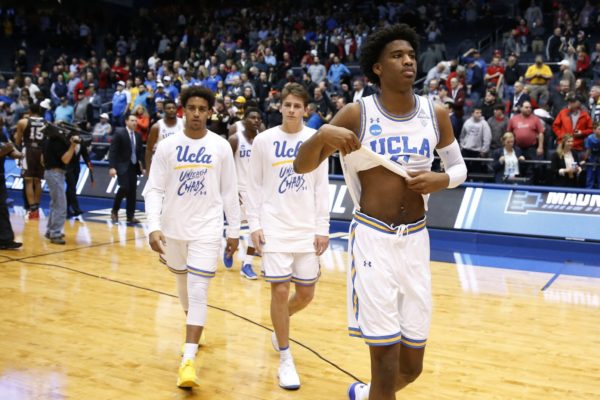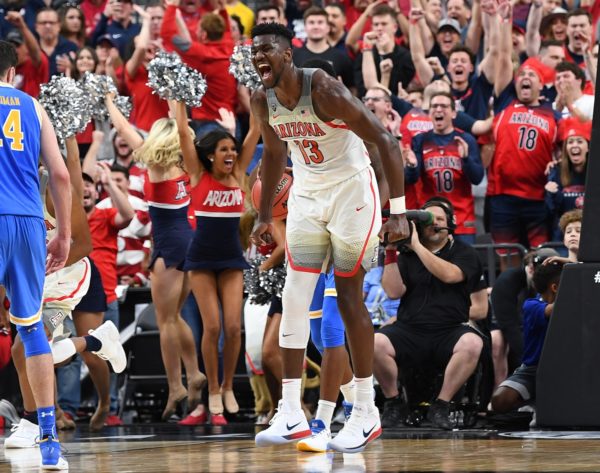Oregon is Incredibly Hot: Does it Matter?
Posted by Adam Butler on March 26th, 2019In the general realm of sport, we are often quick to relegate a team’s temperature. A team is – often obviously – HOT if they’ve won a series of consecutive games. Of course they are COLD if the opposite is true. In this time of survival and advancement, the latter is mostly irrelevant, the former, however, is heavily debated.
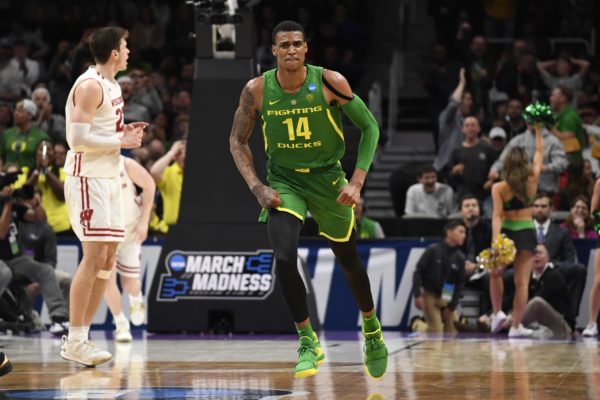
Take, for example, the famed 2011 Kemba Walker Connecticut Huskies. They wrapped regular season play, losers of four of their last five games, seven of their past 11. They were frigid before they were scalding, famously sweeping through the Big East and NCAA Tournaments over the last month of the season. They finished hot. Conversely, Gerry McNamara’s 2006 Syracuse team heroically get heated up in the Big East Tournament, winning four games in four days. Their season salvaged, the darlings of the sport promptly lost in the first round of the NCAAs. In March, you’re perhaps only as good as your last game.
These Oregon Ducks, however, they’re hot. Are they the UConn kind of hot or the Syracuse kind? That’s difficult to say and is ultimately rooted in results. Focusing on process – and I suppose temperature, if that’s the case – the Ducks are on fire. They’ve won 10 straight games and have improved their defense by an astounding 20 points per 100 possessions. Over this streak, the Ducks are yielding just 0.82 points per possession. Extrapolated across the whole season that would place the Ducks a significant five points per 100 possessions better than the next best defense (Texas Tech). Of note, these are raw rather than adjusted numbers, but what is March but raw?
Read the rest of this entry »




























